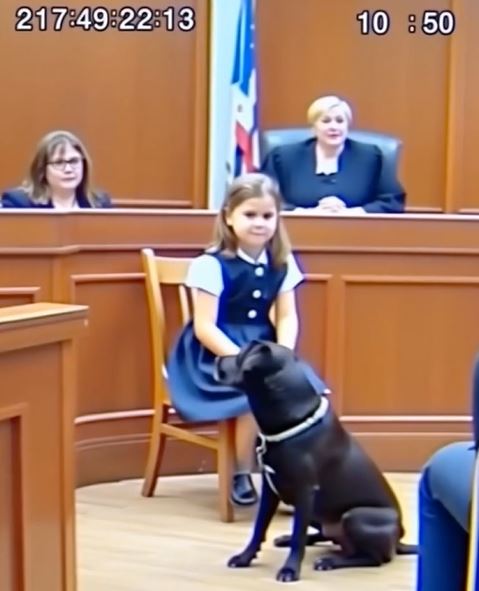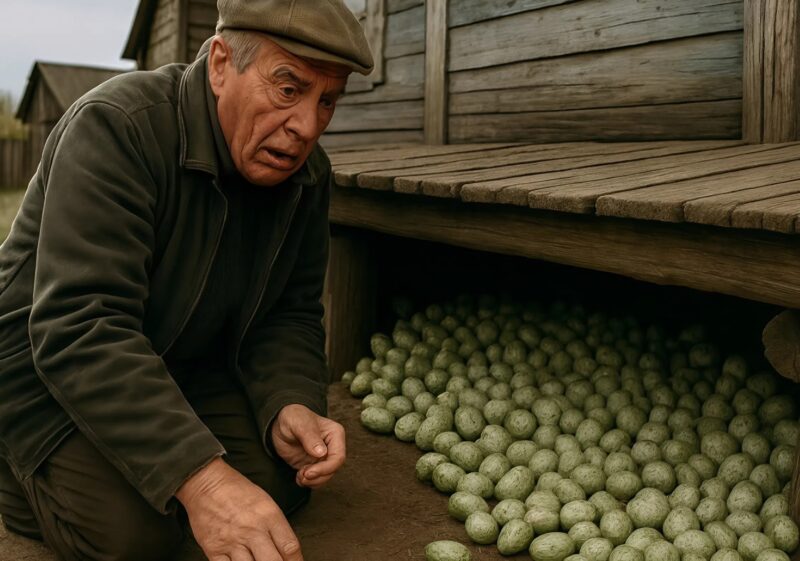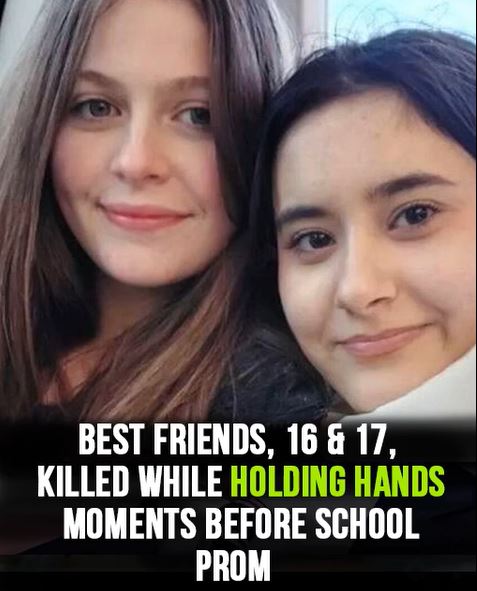For children in the foster system, navigating the legal process can be a terrifying experience. For a young girl named Isla, the key to facing this challenge was her service dog, Moose. In a courtroom where words often fail, Moose’s presence became Isla’s voice. Her quiet statement to the judge, “I’m not making it up. Moose knows. He always knows,” underscored a powerful truth: for traumatized children, non-verbal support can be the most credible testimony of all.
The judge in the case, Dawson, recognized the significance of this human-animal bond. By formally acknowledging Isla and Moose as a team, the court validated the essential role of service animals in providing emotional safety for vulnerable youth. This moment put the opposing party on the defensive, leading to a recess where the court meticulously reviewed psychological evaluations and Moose’s certification. The records confirmed that the dog’s training was specifically tailored to mitigate Isla’s anxiety, providing a grounding presence that was clinically necessary for her well-being.
This legal pause was more than a procedural step; it was a testament to a changing understanding of child advocacy. The court was not just listening to Isla’s words but was observing the environment she needed to thrive. The evidence showed that Moose responded to Isla’s physiological cues, helping to regulate her nervous system during moments of extreme stress. This made a compelling case for preserving the stable environment her foster home provided.
The ruling that followed was a victory for child-centric justice. Judge Dawson’s decision to keep Isla with her foster parents affirmed that a child’s emotional and psychological safety is paramount. The presence of Moose in the courtroom did not sway the case with sentimentality, but with substantive proof of Isla’s needs. As Isla left the courtroom with her foster family and her dog, it was clear that the system had worked to protect her. Her story sets a precedent, demonstrating that ensuring a child’s voice is heard sometimes means recognizing the value of the silent, loyal companion who helps them find it.


